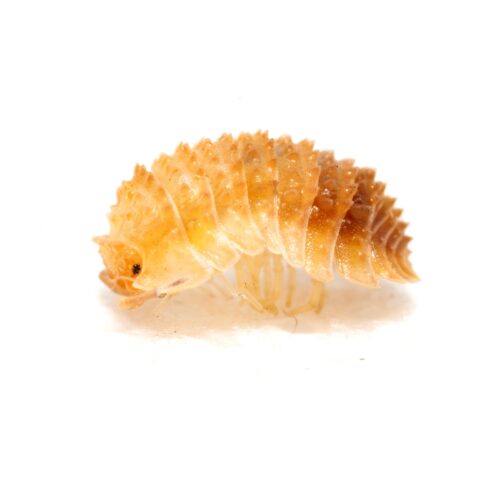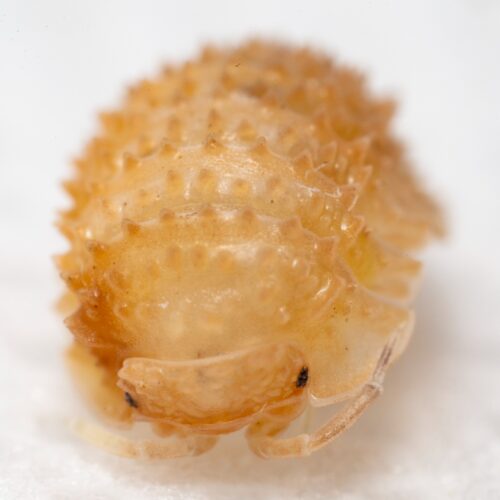
Cubaris panda king
1,20€ – 5,00€Price range: 1,20€ through 5,00€
Discover the fascinating life in miniature with the Cubaris Panda King: small guardians of ecological balance for your terrarium. Bring your habitat to life with these adorable and beneficial companions!
Scientific Name: Cubaris panda king
Common Name: Cubaris panda king Taxonomic Classification:
- Kingdom: Animalia
- Phylum: Arthropoda
- Subphylum: Crustacea
- Class: Malacostraca
- Order: Isopoda
- Family: Cubaridae
- Genus: Cubaris
- Species: Cubaris panda king
Distribution: They are primarily found in tropical and subtropical habitats, especially in areas of Asia such as Thailand.
Physical Description:
- Size: Cubaris panda king typically ranges in size from 5 mm to 1.3 cm in length.
- Color: Generally dark-colored with patterns resembling a panda, hence their common name.
- Body Shape: Oval-shaped and dorsoventrally flattened, with seven pairs of legs.
Habitat: They are typically found in moist and dark environments, such as under rocks, decaying logs, leaf litter, or in caves.
Diet: They are detritivores, meaning they primarily feed on decaying organic matter such as dead leaves, decaying wood, and other plant debris.
Behavior: Cubaris panda king is known to be a social species that tends to aggregate in colonies. They are nocturnal and spend most of their time hidden during the day.
Reproduction: They reproduce through parthenogenesis, a process in which eggs develop without being fertilized by males. The offspring go through several developmental stages before becoming adults.
Ecological Importance: Cubaris panda king plays an important role in the decomposition of organic matter in ecosystems, aiding in nutrient cycling and contributing to soil health.
| Options |
1 unit ,5 units |
|---|
Related products
Eucorydia yasumatsui
Sold out
Grammostola porteri (Rosea)
there is stock
Cristarmadillidium muricatum
there is stock
Pseudoglomeris Magnifica
Sold out
Lucihormetica verrucosa
there is stock
Peruphasma schultei
Sold out
Achrioptera manga (fallax)
Sold out
























